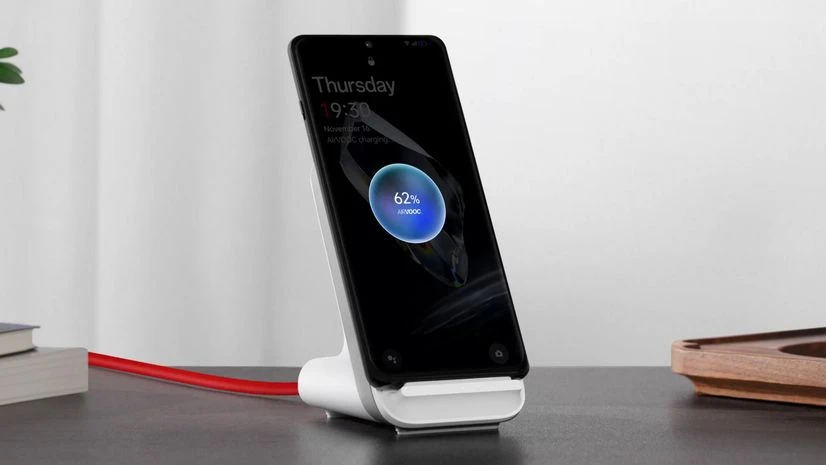
Google explores placing Gemini AI button on Android lock screen: Report: Technology news
)
Gemini(Photo: Shutterstock)
Google is reportedly exploring the addition of a dedicated button for Gemini AI on the Android lock screen. According to Android Authority, Android 15 QPR1 Beta 2 conceals a flag that would allow another method to invoke Gemini. This flag regulates the visibility of a button on the lock screen that currently has no functionality when tapped.
The button is reportedly pill-shaped and positioned below the fingerprint reader. It features a sparkle icon in the centre and is larger than the two lock screen shortcuts at the bottom. This button could be Google’s way of integrating Gemini onto the lock screen or a preliminary step in developing upcoming AI features for Android 16, even though it does not function in Android 15 pre-release version.
Android 16 is scheduled to roll out in the second quarter of next year, featuring UI changes to notifications and Quick Settings, in addition to an Advanced Protection mode. Android 16 is also expected to introduce new AI features, and the button could provide easier access to these functionalities.
Currently, users can access the Gemini chatbot on Android by long-pressing the power button to summon the assistant, or by pressing and holding the home button for three-button navigation, or swiping up from the corner for gesture navigation. Users can also say “Hey Google” or “OK Google” to invoke the assistant. The assistant will be Google Assistant on older devices and Gemini on newer ones.
In the Android 15 QPR1 Beta 2, Google is also testing a new taskbar for big screen devices such as foldables. According to Android Authority, Android 15 QPR1 Beta 2 includes code for a new feature that updates the taskbar app suggestions to display recently used apps. The two suggested apps will reportedly be replaced with the two most recently used applications.
Currently, on Pixel devices, the Android taskbar displays up to six apps pinned to the dock and two suggested apps. However, the taskbar may not always show the recently used apps, as the visible apps are also determined based on usage frequency and user-defined “routines.” This means users may need to open the app drawer and then the recents screen or swipe right on the navigation handle to switch to the apps they wish to open.
The Android taskbar was launched a few years ago to facilitate quicker switching between and launching of apps. The original taskbar was a sizeable bar fixed at the bottom of the screen, extending across its entire width. To conserve space on book-style foldables, Google made the taskbar hidden by default starting with the 2023 release of Android 13 QPR2. The new taskbar becomes visible temporarily after swiping up on the feature navigation handle, earning it the name “transient taskbar.” With the launch of Android 15, Google introduced an option to toggle between the traditional “persistent” taskbar and the newer “transient” taskbar.
It is uncertain whether the upgraded Android taskbar will be officially rolled out, but if it does, it will enhance the convenience of using Android tablets and book-style foldables.
First Published: Oct 08 2024 | 12:22 PM IST

)

)



)